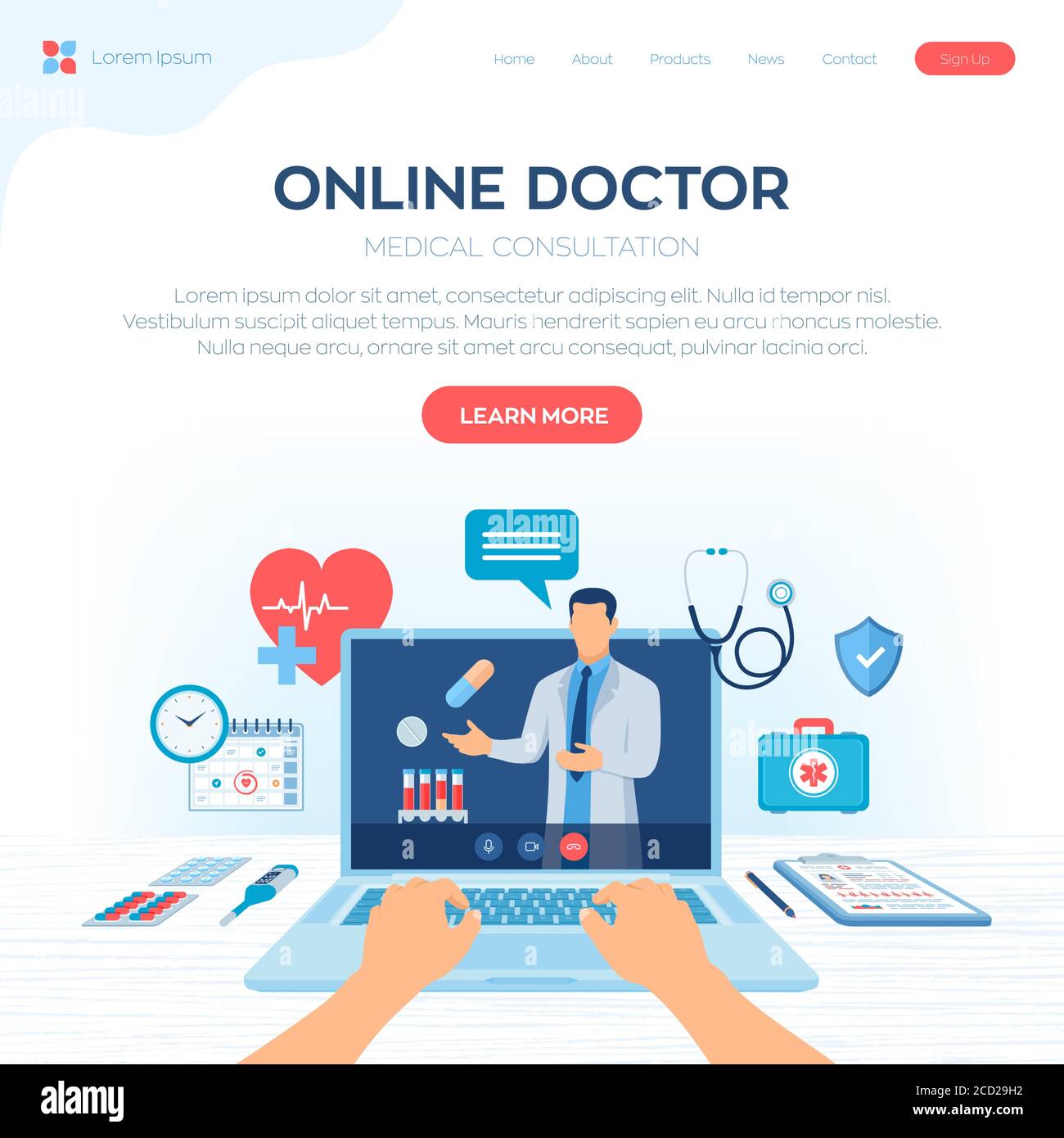Recognizing the Cost-Effectiveness of Subscription-Based Medical Care Versions
As the medical care landscape advances, subscription-based models emerge as an engaging option, assuring to redefine just how individuals manage clinical costs. Examining these models' cost-effectiveness demands a nuanced comparison with traditional insurance coverage, taking into consideration both economic implications and client complete satisfaction.
Introduction of Subscription-Based Models
Subscription-based health care designs, sometimes referred to as direct medical care or attendant medication, are increasingly getting attention as a possible option to inefficiencies within traditional medical care systems. These versions operate the concept of offering individuals direct accessibility to healthcare suppliers with a annual or regular monthly cost, bypassing the demand for standard insurance coverage systems. This arrangement aims to streamline patient-provider communications by decreasing management problems, which commonly prevent timely and tailored treatment.
At the core of subscription-based models is the focus on a more tailored client experience. People gain from boosted accessibility to their doctors, frequently consisting of same-day or next-day consultations, expanded appointment times, and direct communication networks such as phone or video telephone calls. This version promotes a proactive strategy to health care, where clients and suppliers can collaboratively concentrate on preventative care and chronic illness management.

Expense Contrast With Traditional Insurance

One of the primary financial advantages of subscription versions is openness in expenses. Conversely, traditional insurance policy might be a lot more advantageous for people calling for specialized care or expensive therapies not covered under a membership model, as they profit from the wider protection network and cost-sharing mechanisms.
Nevertheless, cost-effectiveness is context-dependent. While registration versions may provide savings for those mainly requiring medical care, people with chronic problems or specialized healthcare demands might discover traditional insurance coverage more detailed. Therefore, examining specific health care needs and prospective use is crucial in figuring out one of the most affordable alternative for individuals.
Effect On Client Contentment
Patient satisfaction within subscription-based healthcare versions usually mirrors a substantial enhancement over typical insurance systems. Unlike typical systems, where people may experience delays in receiving treatment, subscription-based designs make sure more timely and the original source straight communications with health care service providers.
In addition, the transparency in prices connected with subscription-based health care reduces the common aggravations associated with unexpected charges and complex billing procedures seen in conventional insurance coverage (subscription based healthcare). Patients value recognizing the exact economic commitment upfront, leading to boosted count on and self-confidence in their healthcare administration
Additionally, the focus on preventive treatment and wellness in membership models adds to improved wellness results, better improving person fulfillment. By concentrating on recurring health and wellness maintenance as opposed to anecdotal treatment, clients experience an even more continual and all natural healthcare trip.
Furthermore, the improved provider-patient connection cultivated in these models, characterized by even more time invested per patient and individualized focus, plays an essential function in elevating person complete satisfaction levels, as individuals really feel really looked after and understood.
Provider Perspectives and Experiences
From the service provider's perspective, subscription-based healthcare models offer a transformative approach to providing clinical services. These designs stress a positive and preventative health care technique, permitting service providers to focus on extensive patient care without the restrictions of standard fee-for-service plans (subscription based healthcare). This shift in emphasis typically causes enhanced client results and enhanced copyright contentment, as healthcare professionals can allocate more time and sources to individual involvement and individualized treatment strategies
Furthermore, subscription models promote predictable revenue streams, which boost economic security for doctor. This predictability enables boosted source Website planning and allotment, contributing to an extra effective healthcare distribution system. Suppliers can purchase staff training, infrastructure, and modern technology renovations, thus enhancing the high quality of care used.
However, the change to subscription-based designs is not without challenges. Providers need to adapt to new functional frameworks, which can involve significant changes in billing methods and patient administration systems. Additionally, there is an integral need for durable information monitoring to track patient outcomes and guarantee high quality care. Regardless of these hurdles, many service providers discover that the advantages of boosted patient interaction and structured procedures exceed the preliminary difficulties, making subscription-based designs an eye-catching alternative.
Future Potential Customers and Difficulties

A primary challenge is regulative compliance, as subscription models have to abide by developing healthcare policies and insurance coverage requirements. This demands continual adjustment and development to ensure placement with legal standards. Additionally, incorporating these designs right into existing health care infrastructures can be intricate, needing substantial investments in technology and training.
There is also the potential threat of producing injustices in health care access, as membership models may favor those that can manage them, leaving susceptible populations underserved. Resolving this requires thoughtful factor to consider of pricing methods and subsidy systems to ensure inclusivity.
Conclusion
Subscription-based medical care versions offer a sensible option to conventional insurance coverage by using financial predictability and openness, specifically profiting individuals with persistent problems or regular healthcare requirements. The cost-effectiveness of these versions is contingent upon specific medical care usage patterns and circumstances.
Subscription-based medical care designs, often referred to as straight primary care or concierge medication, are significantly gaining attention as a prospective option to inefficiencies within conventional medical care systems. Unlike traditional systems, where clients may experience delays in getting care, subscription-based designs guarantee more direct and prompt interactions with healthcare suppliers.
These models highlight a preventative and positive medical care approach, allowing service providers to focus on extensive individual care without the restraints of traditional fee-for-service setups. As these versions proceed to acquire grip, they offer the potential to change read review individual accessibility to care, simplify service distribution, and maximize health care investing.Subscription-based healthcare designs present a feasible alternative to standard insurance policy by supplying financial predictability and transparency, specifically profiting people with persistent problems or regular healthcare requirements.
Comments on “Exploring the Growth of Subscription Based Healthcare in the Digital Age”